
Navigating FSMA Compliance: Your Ultimate Resource for Food Safety Modernization Act Guidance
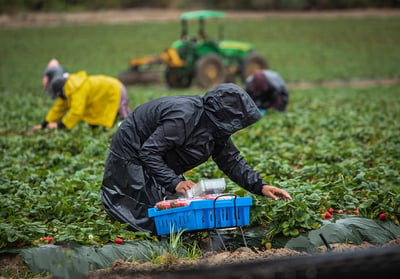
The Food Safety Modernization Action (FSMA) was signed into law in 2011. Section 204, the Food Traceability Rule, was drafted to identify the foods for which additional traceability records are required to protect public health. It is called the “final rule,” because the FDA started working on a draft list in 2014 and published the final Food Traceability List (FTL) on November 15, 2022. The objective of section 204 of FSMA is to reduce foodborne illnesses and deaths by expediting the identification and requiring removal of potentially contaminated food from the market.
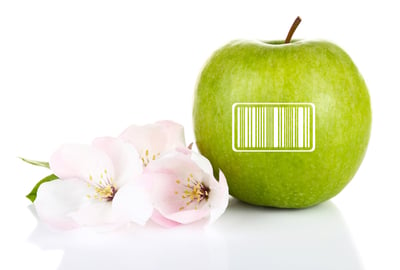
Section 204 of FSMA establishes additional traceability recordkeeping requirements for commercial farms, packing operations and food processing facilities. While all foods are required to be traceable, certain high-risk foods must adhere to a higher standard. This higher standard dictates that specific information about the food, known as Key Data Elements (KDEs), must be recorded as the food travels through the supply chain. KDE records must be retrieved within 24 hours if there is a request by the FDA or another regulatory authority. Exemptions include home gardeners, food preservers and direct-to-consumer sales at restaurants, retail food establishments and farmers’ markets.
For the complete list, click here.

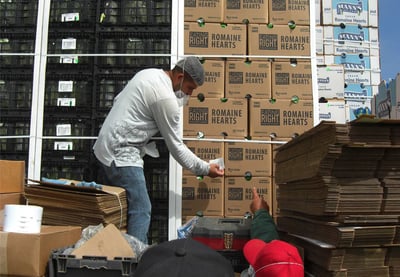
Upon request by the FDA, all records must be made available to an authorized FDA representative, upon request, within 24 hours (or within some reasonable time to which FDA has agreed) after the request, along with any information needed to understand these records.

In most cases, records containing the information required under the final rule must be maintained for two years from when the records were created or obtained. Records maintained by a retail food establishment or restaurant for food purchased directly from a farm must be maintained for 180 days. A previous traceability plan must be retained for two years after the plan has been updated. The traceability plan must be updated as needed to ensure that the information provided reflects the current practices and to ensure compliance with the requirements.
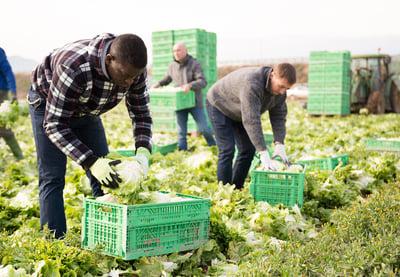
You must maintain and provide specific information associated with different events in the food supply chain to supply chain partners and link that information to a traceability lot code. The rule identifies the following events in the food supply chain as the Critical Tracking Events (CTEs) for which traceability records containing Key Data Elements (KDEs) are required to be maintained and provided:
Traceability lot codes are central to the rule’s operation. They are used to identify food(s) as they move through the supply chain and maintain other records relating to their activities. At each CTE, required records must include the traceability lot code and KDE linked to the relevant traceability lot. In addition to records of certain CTEs, entities subject to the rule must establish and maintain a traceability plan. The traceability plan contains information related to an entity’s traceability procedures and operations and is intended to help regulators understand the records they review. The traceability plan must include the following:

The violation of any recordkeeping requirement under section 204 of FSMA is prohibited. However, depending on the nature of the violation, the FDA intends to allow individuals and firms to take prompt and voluntary corrective action before enforcement action is initiated. If compliance is not met (by one or multiple entities) voluntarily, the FDA can bring civil and criminal activities to prosecute violators, holding them responsible. While the FDA does not have the authority to impose fines for violations of section 204 of FSMA, these prosecutions open the way for private actions.

FSMA 204's Final Rule, though limited to specific foods, offers a multitude of benefits, leading to groundbreaking developments in the field of traceability recordkeeping. This first-ever standardized model opens up possibilities for industries to embrace digital, tech-based traceability systems now and in the future. Not only does this improve consumer safety by rapidly identifying contamination sources, but it also narrows the range of product recalls and minimizes the risk of illness or death.
By bolstering traceability, we can expedite the root cause investigations to understand contamination sources and prevent future outbreaks. So, what's in it for you? Here's a snapshot of the many benefits of the Final Rule:
Worried about the extensive and meticulous nature of traceability? Imagine encountering an audit or product recall without these fundamental guidelines. Traceability requires a calculated and systematic method. It may be time-consuming and financially demanding, yet technology can lighten this load with instantaneous electronic data capture, reducing mistakes and digitizing your crucial records.
There's a sea of information to deal with, and managing it with traditional pen and paper is far from efficient. To truly master traceability and be ready for audits and recalls, connect with us for more insights.
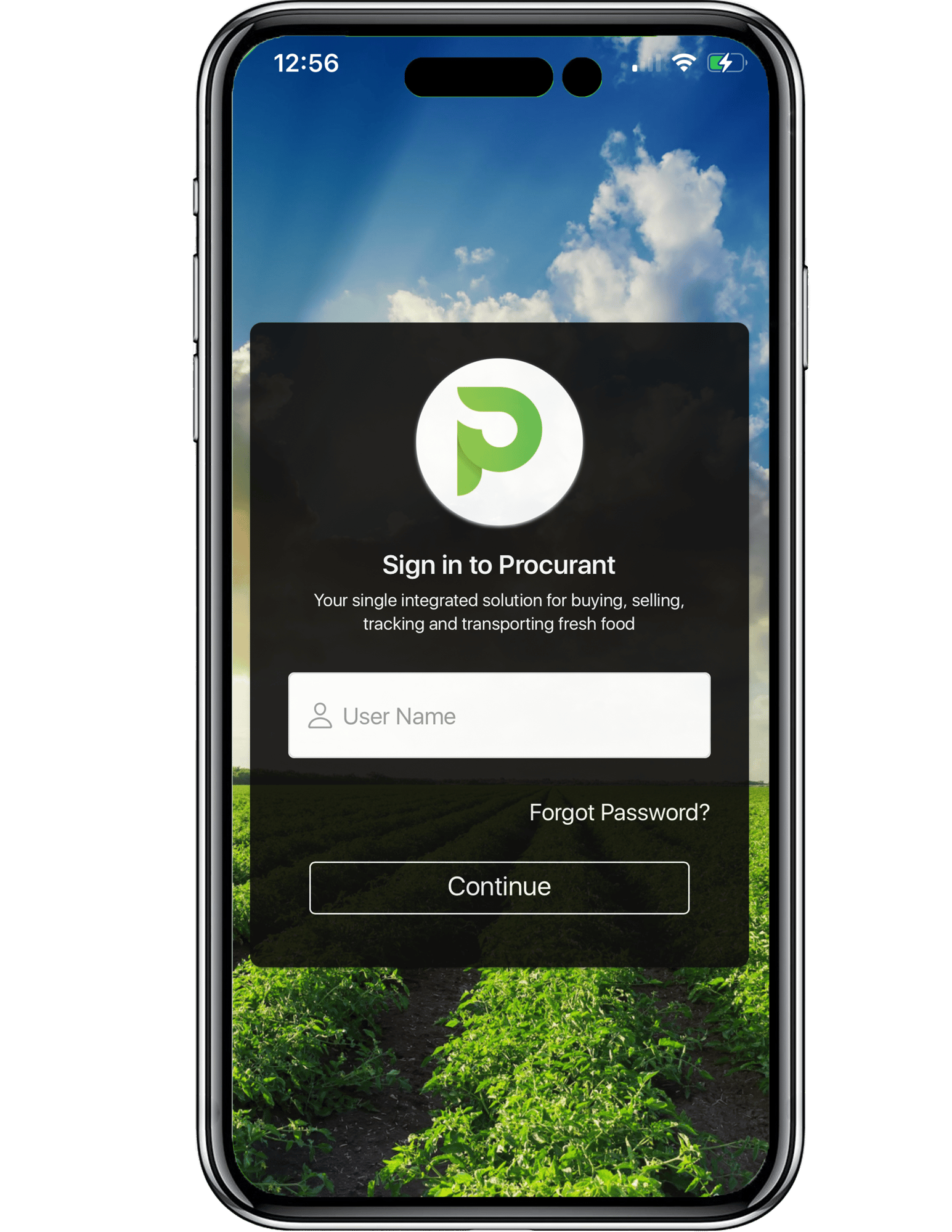
Procurant USA LLC
475 Alberto Way - Suite 230
Los Gatos, CA 95032
1-669-221-1026
info@procurant.com
